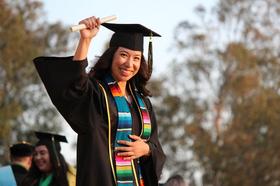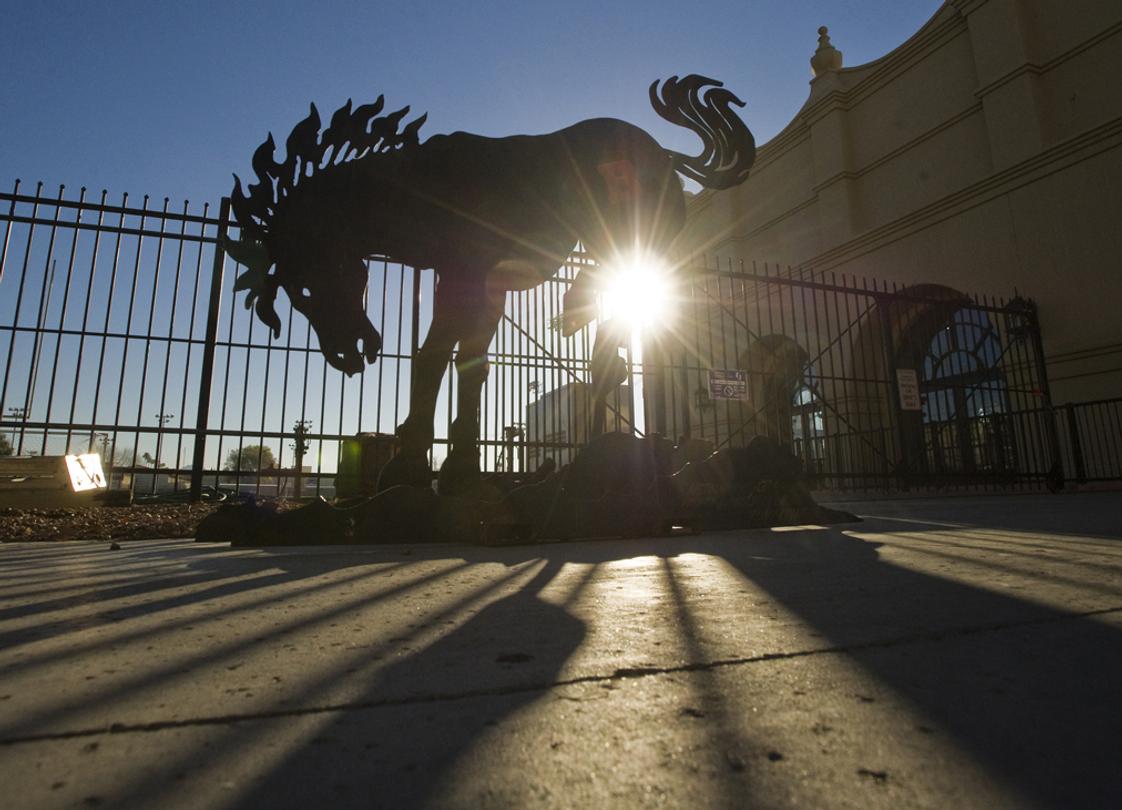For the 2025-26 school year, there are 3 all-boys private elementary schools serving 1,547 students in Arizona.
The top ranked all-boys private elementary school in Arizona is Brophy College Preparatory.
The average acceptance rate is 65%, which is lower than the Arizona private elementary school average acceptance rate of 85%.
33% of all-boys private elementary schools in Arizona are religiously affiliated (most commonly Catholic).
Top Ranked Arizona All-Boys Private Elementary Schools (2025-26)
School
Location
Quick Facts
Brophy College Preparatory![Brophy College Preparatory Photo - Brophy Bronco near the 9-acre Brophy Sports Campus Brophy College Preparatory Photo - Brophy Bronco near the 9-acre Brophy Sports Campus]()

All-boys (Catholic)
4701 N Central Avenue
Phoenix, AZ 85012
(602) 264-5291
Phoenix, AZ 85012
(602) 264-5291
Gr: 6-12 | 1,381 student Avg. class size: 15 students Sports: 18 | Extracurrculars: 71 Tuition & acceptance rate listed
29210 N 59th St
Cave Creek, AZ 85331
(480) 563-5710
Cave Creek, AZ 85331
(480) 563-5710
Gr: PK-4 | 120 students Tuition listed
William K Eaton School
All-boys | Alternative School
868 E University Dr
Mesa, AZ 85203
(480) 969-4024
Mesa, AZ 85203
(480) 969-4024
Gr: 8-12 | 46 students Avg. class size: 13 students
Frequently Asked Questions
What are the top ranked all-boys private elementary schools in Arizona?
The top ranked all-boys private elementary schools in Arizona is Brophy College Preparatory.
How many all-boys private elementary schools are located in Arizona?
3 all-boys private elementary schools are located in Arizona.
What percentage of all-boys private elementary schools are religiously affiliated in Arizona?
33% of all-boys private elementary schools in Arizona are religiously affiliated (most commonly Catholic).
Recent Articles

Student Success Predictors at Community Colleges
A practical guide to student success predictors at community colleges for private school advisors helping graduates navigate two-year pathways.

Career Pathways with Community College for Private School Grads
Explore top career pathways with community college for private school graduates, including high-demand jobs, transfer options, and 2025 workforce trends.

Navigating the FAFSA & Financial Aid Timeline for Community College
Learn how to navigate FAFSA and financial aid timelines when starting at community college — from application to disbursement in 2025.



